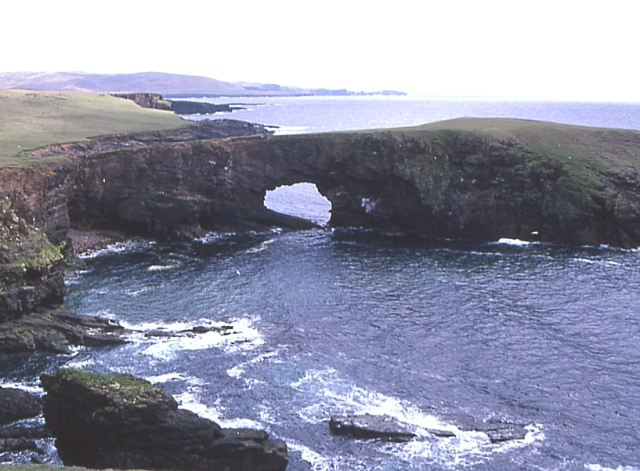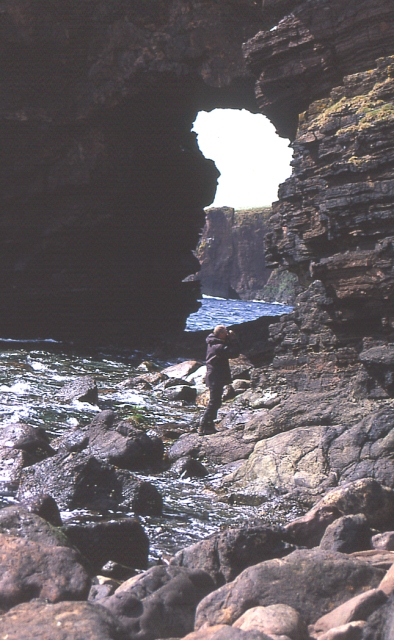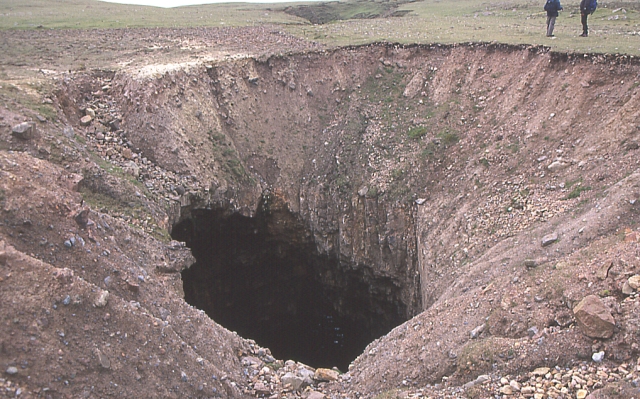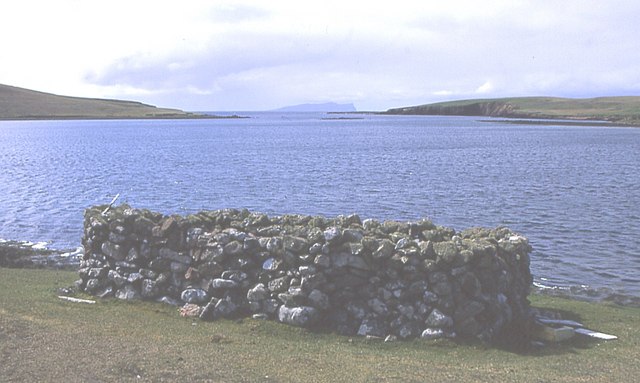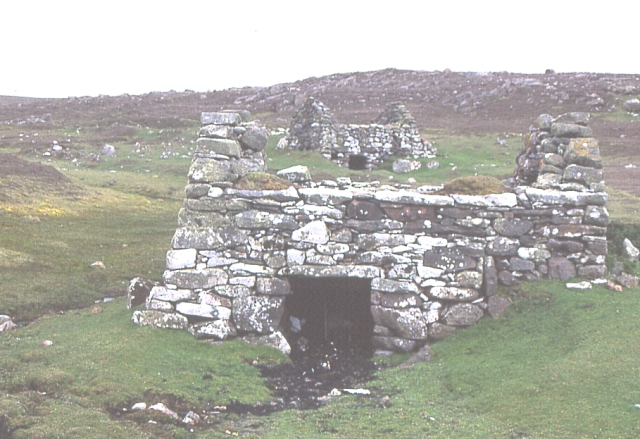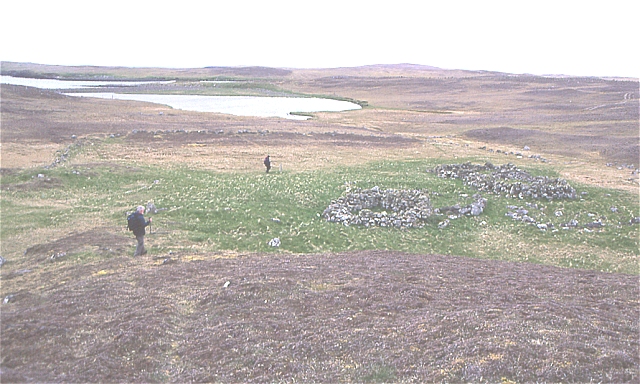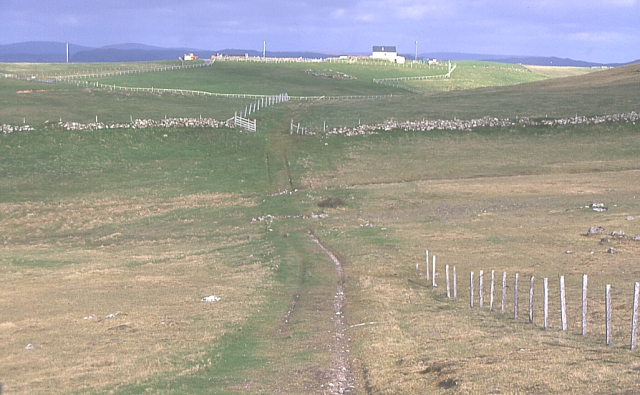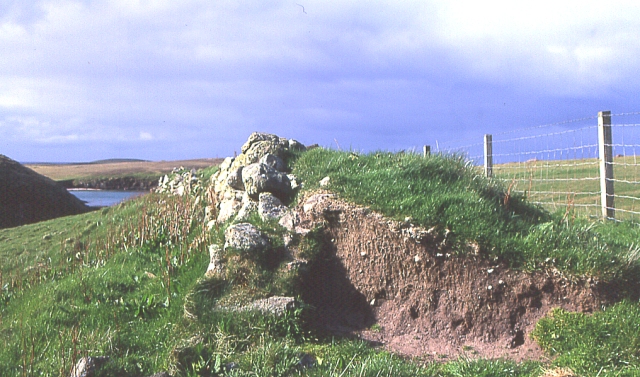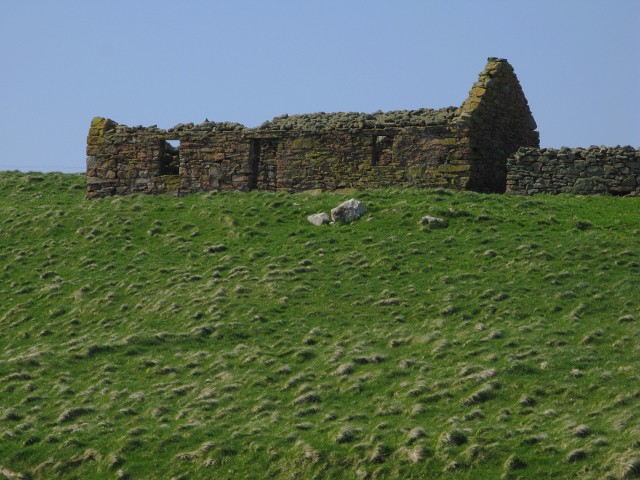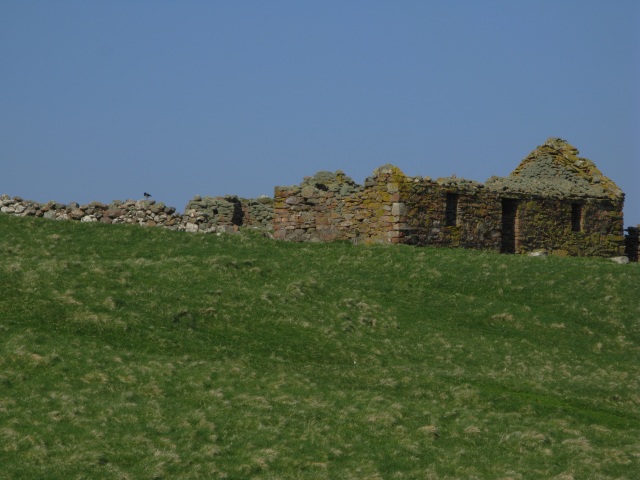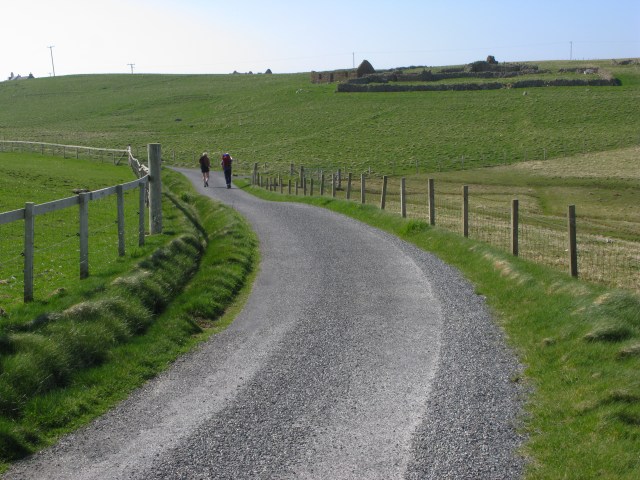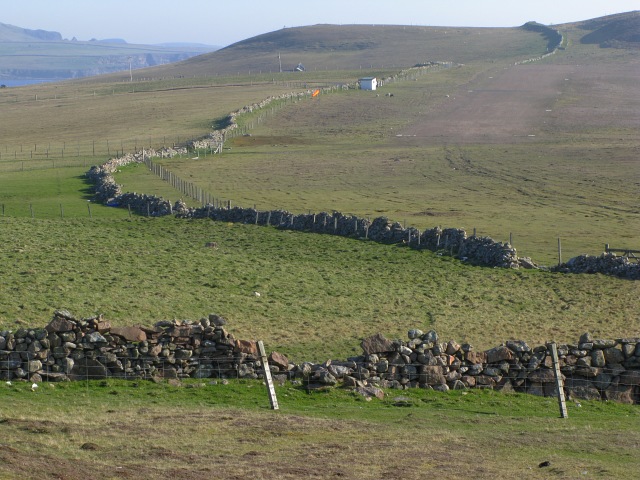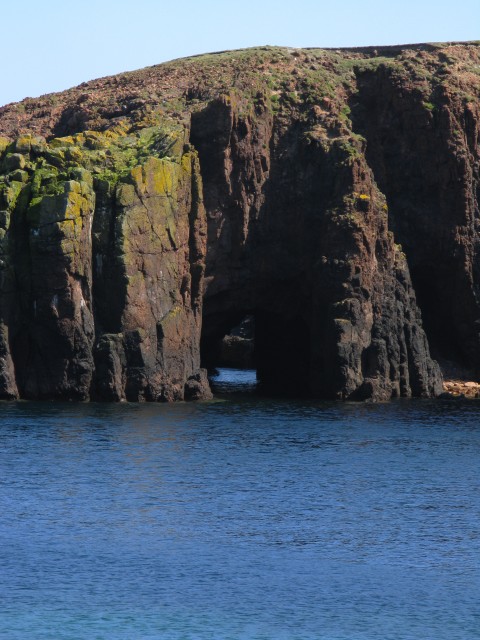Tiptans Skerry
Island in Shetland
Scotland
Tiptans Skerry
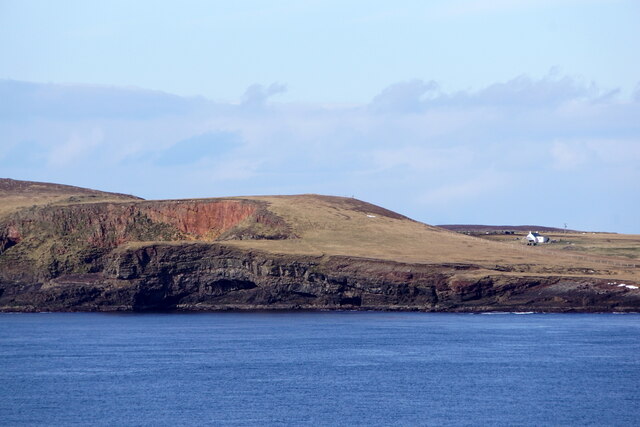
Tiptans Skerry is a small uninhabited island located in the Shetland Islands archipelago, in the North Atlantic Ocean. It is situated approximately 3.5 miles off the coast of the mainland of Shetland, Scotland. The island covers an area of about 15 acres and has a rugged and rocky coastline.
Tiptans Skerry is known for its diverse and abundant birdlife. The island is a designated nature reserve and is home to a large colony of seabirds, including guillemots, razorbills, kittiwakes, and puffins. These birds nest on the cliffs and provide a spectacular sight during the breeding season. The surrounding waters are also rich in marine life, making Tiptans Skerry a popular spot for birdwatchers and nature enthusiasts.
Access to Tiptans Skerry is limited due to its remote location and lack of facilities. However, boat trips and guided tours are available from the nearby mainland of Shetland. The island is best visited during the summer months when the weather is milder and the bird colonies are most active.
Tiptans Skerry offers visitors a unique opportunity to experience the untouched beauty of the Shetland Islands. Its rugged landscape, stunning cliffs, and diverse wildlife make it a haven for nature lovers and photographers. Despite its small size, Tiptans Skerry holds significant ecological importance and serves as a vital breeding ground for various seabird species.
If you have any feedback on the listing, please let us know in the comments section below.
Tiptans Skerry Images
Images are sourced within 2km of 60.323031/-1.7068559 or Grid Reference HU1659. Thanks to Geograph Open Source API. All images are credited.
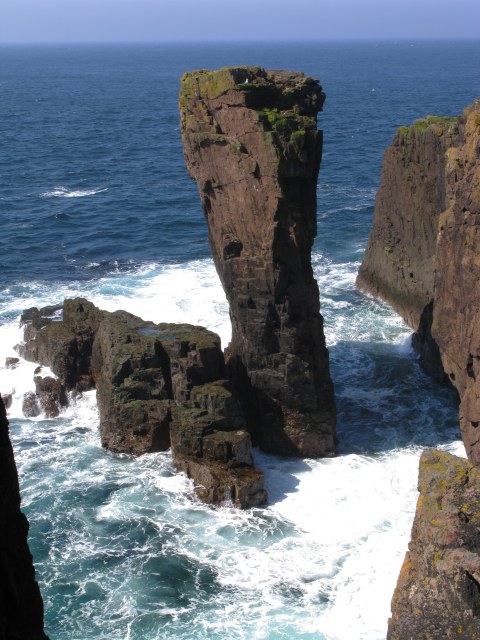
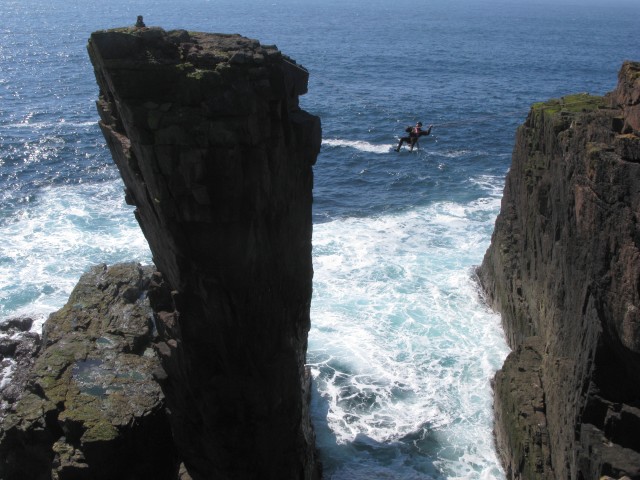
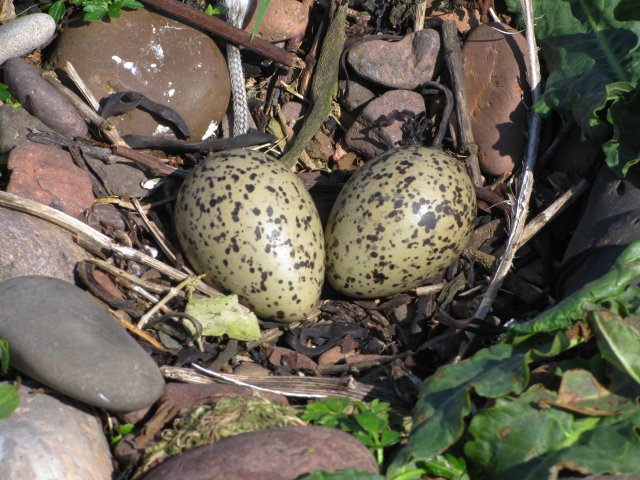
Tiptans Skerry is located at Grid Ref: HU1659 (Lat: 60.323031, Lng: -1.7068559)
Unitary Authority: Shetland Islands
Police Authority: Highlands and Islands
What 3 Words
///alerting.pounds.rainy. Near Walls, Shetland Islands
Nearby Locations
Related Wikis
Papa Stour Airstrip
Papa Stour Airstrip is a small airstrip in the village of Biggings on the island of Papa Stour. Shetland, Scotland. == History == Papa Stour Airstrip opened...
Papa Stour
Papa Stour (Scots: Papa Stour) is one of the Shetland Islands in Scotland, with a population of under fifteen people, some of whom immigrated after an...
Biggings
Biggings is a village on the island of Papa Stour, in Shetland, Scotland. Papa Stour's church is situated at the south of Biggings. A homestead of Duke...
Forewick Holm
Forewick Holm is a 1-hectare (2.5-acre) island in the Sound of Papa in the Shetland islands, Scotland. Located between Papa Stour and the Sandness peninsula...
Have you been to Tiptans Skerry?
Leave your review of Tiptans Skerry below (or comments, questions and feedback).
